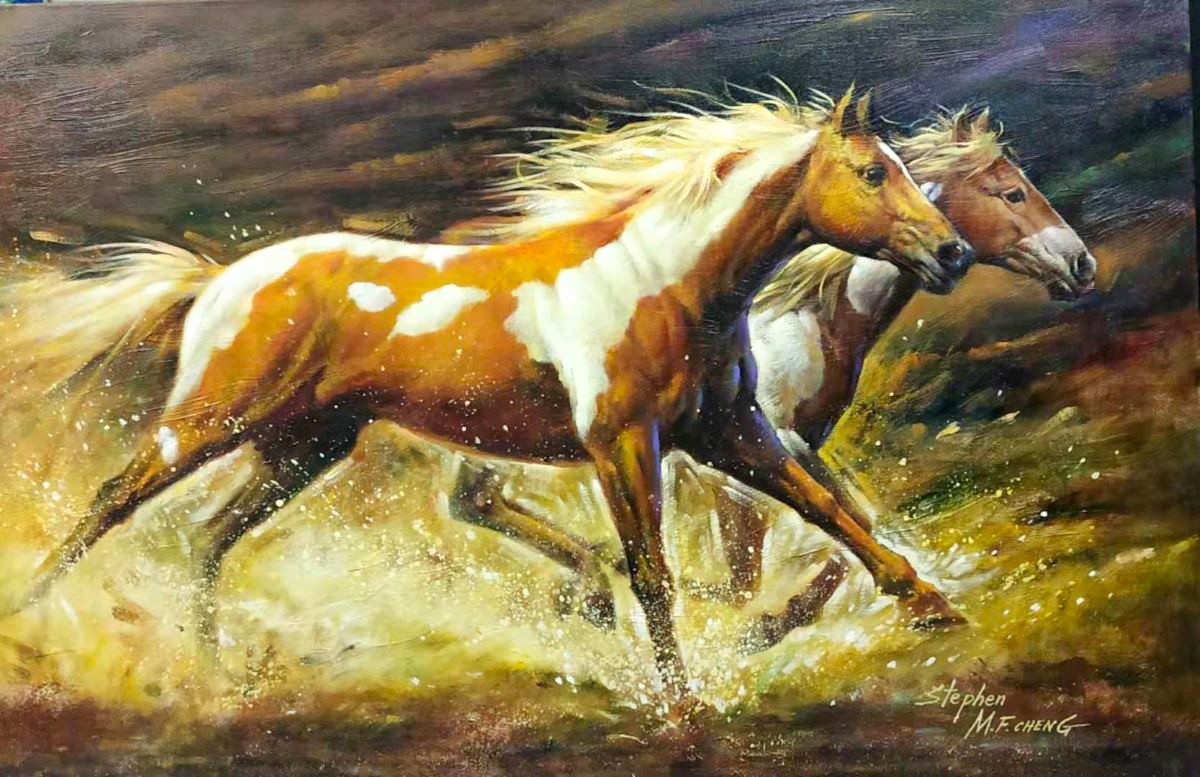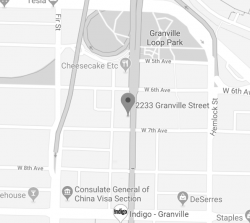Art can mean many things. It’s often a question of personal taste and an expression of what interests the person. But its existence is also representative of a need for humanity to demonstrate our soaring imaginations, emotional intent, lifelike realism, or three-dimensional versions of whatever subject tickles our fancy.
Art exists in many forms and even the most unlikely of collectors respect the fact that art creates an impression whether we like it or not. Deciding if you want to begin collecting art for the love of the craft, as an investment, or as a decorative statement requires that some key essentials are taken into account. And that usually comes in the form of some expert advice.
Vancouver Fine Art Gallery – a Notable Art Collection in the Heart of Vancouver
The Vancouver Fine Art Gallery is one such place to indulge your artistic interests and discover more about what appeals to you as a prospective collector of fine art in Vancouver. Taking the time to soak up the experience of observing art in a gallery and the response it gives you viscerally can be a wonderful way of figuring out what truly draws you in.
Collecting art is a fascinating if not intimidating hobby. Where to begin? A lot will depend on what you choose to collect and your reasons for collecting in the first place. There are many Vancouver art galleries out there available to help you get started. How to get started is another question, and much of that will depend on your goals, budget, and willingness to research.
The art world can sometimes seem like a pretentious, often rarefied atmosphere. While it is true that much of art collection often requires deep pockets and perhaps professional advice for big-ticket pieces, many collectors acquire personally curated collections that speak to us individually. And they are just as valuable, even become quite valuable over time, if you learn what to look for from the beginning.
Getting Started
Art collecting is a rather subjective topic. It is not just the preserve of the rich and famous and anyone with the will and some gumption can start to collect art.
Ideally, you would need to consult with an expert who has in-depth knowledge of established artists and this will mean a higher price point without a shadow of a doubt. There are plenty of established experts with knowledge of West Coast painting collections who can help you find your investment pieces in the Vancouver area, ideal for Canadian collectors looking to support Canadian artists.
If however, you are looking to build a collection that represents your tastes, speaks to you, and gives you endless joy just by looking at it then look no further than your own nose.
Trust your instinct, and choose pieces that make your heart sing.
You are the one who is going to be looking at it on a daily basis so it should make you happy. And happiness will be enhanced if you define a budget that doesn’t get you into any sort of financial peril from the start.
Defining Your Budget
It’s really important to define your budget because art can be found at every price point. And even if a piece is well below your maximum spend this doesn’t make it less valuable to you if you truly appreciate it. Some hidden gems were really underrated in the beginning but a keen collector’s sharp eyes, and only appreciated in value ever since.
It is also worth noting that collecting is best spent on quality over quantity. Like many other aspects of life, quantity can create a sense of false economy. It’s far better to spend more on a piece that really speaks to you. Saving your budget over time to spend on something extra special is worthwhile and far more rewarding.
It can also be exceptionally satisfying to support up-and-coming artists if they suit the style you admire. You never know how their career will blossom!
Deciding on the Medium
Some people will choose to collect paintings, others photography, and others sculptures. Whatever medium you decide to collect, which is never limited to just one, make sure you do some research. This will help you refine what appeals to you so that you can keep your eye out for specific galleries, art fairs, and auctions.
Often a collection will be quite specific down to the typical period, the style, the medium, the subject, the technique used. If you find yourself continually drawn to a certain look chances are you’ve nailed your niche. If you are more variable in what takes your fancy then you can have quite an eclectic range of art sources on offer.
Finding Your Artwork
Searching Online
If you have specific artists you like, try following them on social media. Following galleries can help highlight upcoming events (such as our live painting events held in our Vancouver gallery) and emerging artists. Sometimes works will be highlighted that will beg to be seen in person.
Reputable art websites are a great place to start to view inventory and filter down to what your preferences are with ease.
Art Galleries
Traditionally, art collectors have gone to art galleries to source a piece of art they fall in love with. Sometimes there is no substitute for that visceral feeling when you see something in the flesh and the hairs stand up on your forearm. Your brain zeroes in on the image, shape, photograph, whatever the medium might be and it’s love at first sight.
There is little more gratifying than seizing upon a piece of art that speaks to your soul that you complete a transaction for, and can take away with you straight away.
Making a Purchase
Once you know the style, medium, and what you want to zero in it’s time to make your purchase for your burgeoning collection.
Many collectors love owning paintings. The joy of owning an original piece can be a breathtaking experience. Knowing you alone own the original gives a real connection to the artist and that is why it is often preferable to splurging more on a print from a more famous artist. When you can see the strokes of the painting it can take on a life of its own. It can also be a more affordable way to purchase a smaller-sized piece, but this does not diminish its value. If a smaller piece by a more recognized artist is feasible, then it’s a great starting point!
Sculpture is perhaps the most overlooked option when it comes to curating a personal art collection. This is surprising because a three-dimensional representation of an object becomes intimately tangible. Art is not always hung on a wall, and sometimes a tactile piece can be incredibly personal. It’s a concrete, palpable piece that has dimension, and takes up personal space. These make beautiful displays in the home, office, or wherever you choose to show them off.
Thinking of Starting an Art Collection?
Most of us have a feel for what appeals to us artistically. Drilling down into what themes, mediums and styles you might wish to collect is intensely personal. In many ways, it’s a window into who we are. Right there on the wall or a plinth in our home. For all and sundry to see.
Embarking on collecting art that appeals to you, or for investment purposes, can feel quite daunting. But by following your own instinct, doing your homework, and enlisting the assistance of an expert if you’re in the market for something particularly pricey you can create immense joy in your life and your surroundings.
The Vancouver Fine Art Gallery displays art from up-and-coming contemporary artists, and an exceptional array of works by Old and Contemporary Masters with pieces created by household names. Van Gogh, Picasso, Renoir, Warhol, Haring, Kahlo and their illustrious contemporaries are all well represented at this distinguished Vancouver art gallery. Canadian art is a specialty and they also curate a wide range of sculptural artists.


